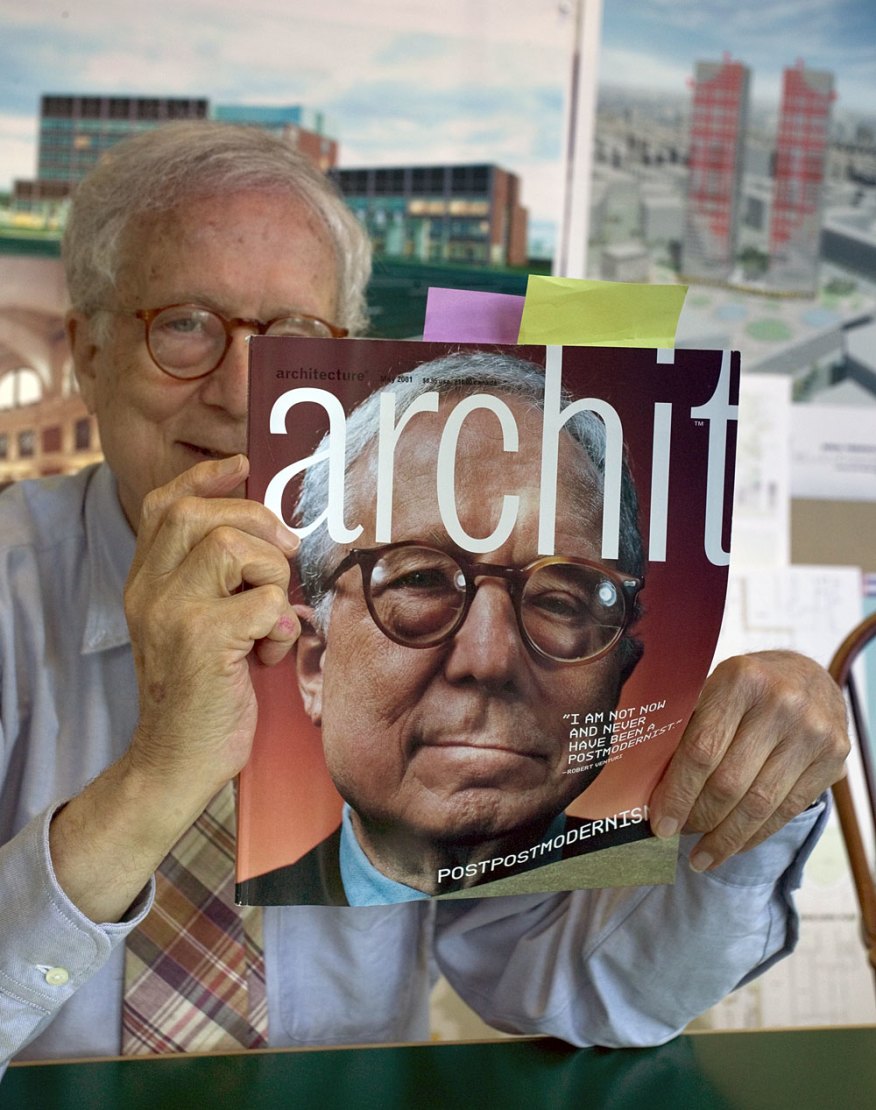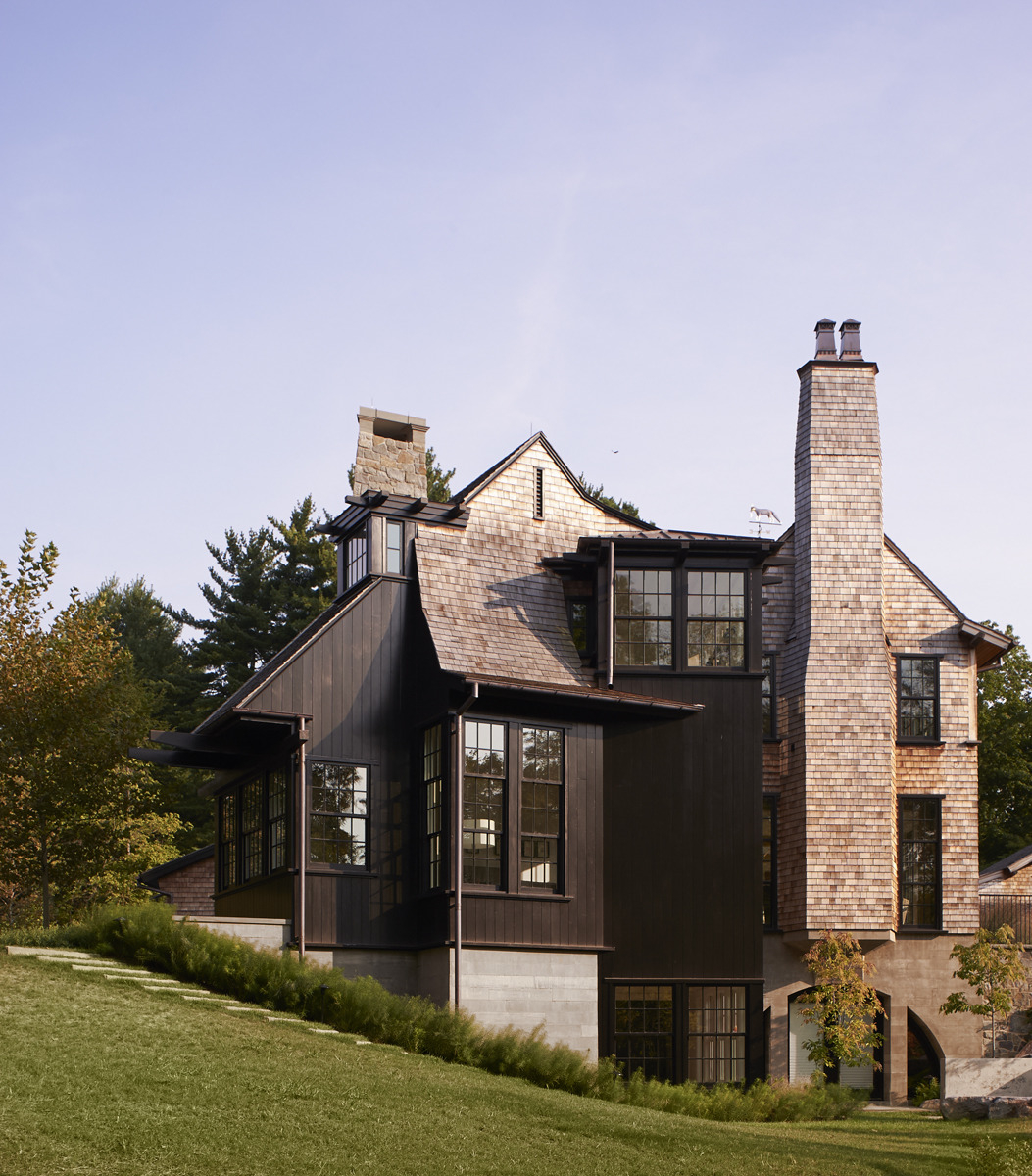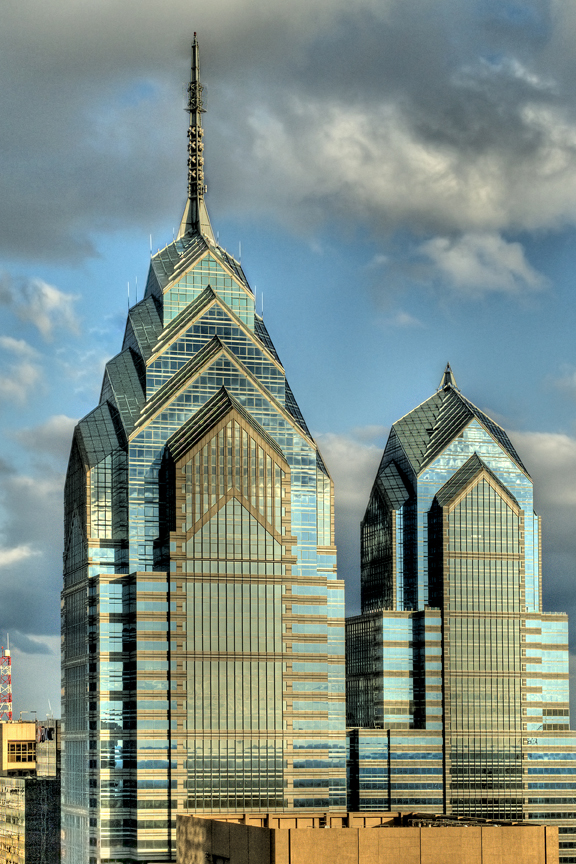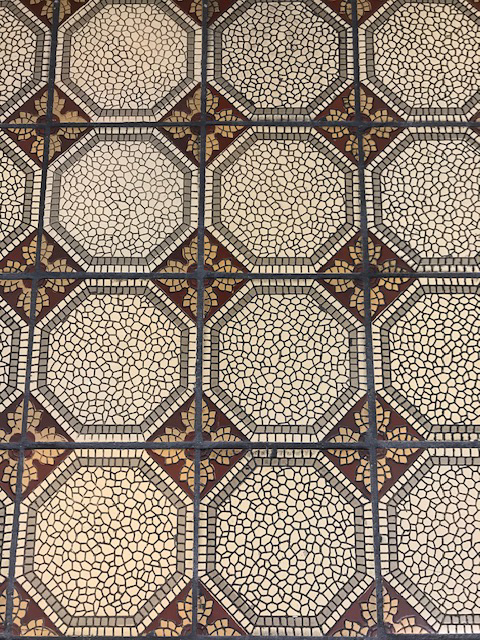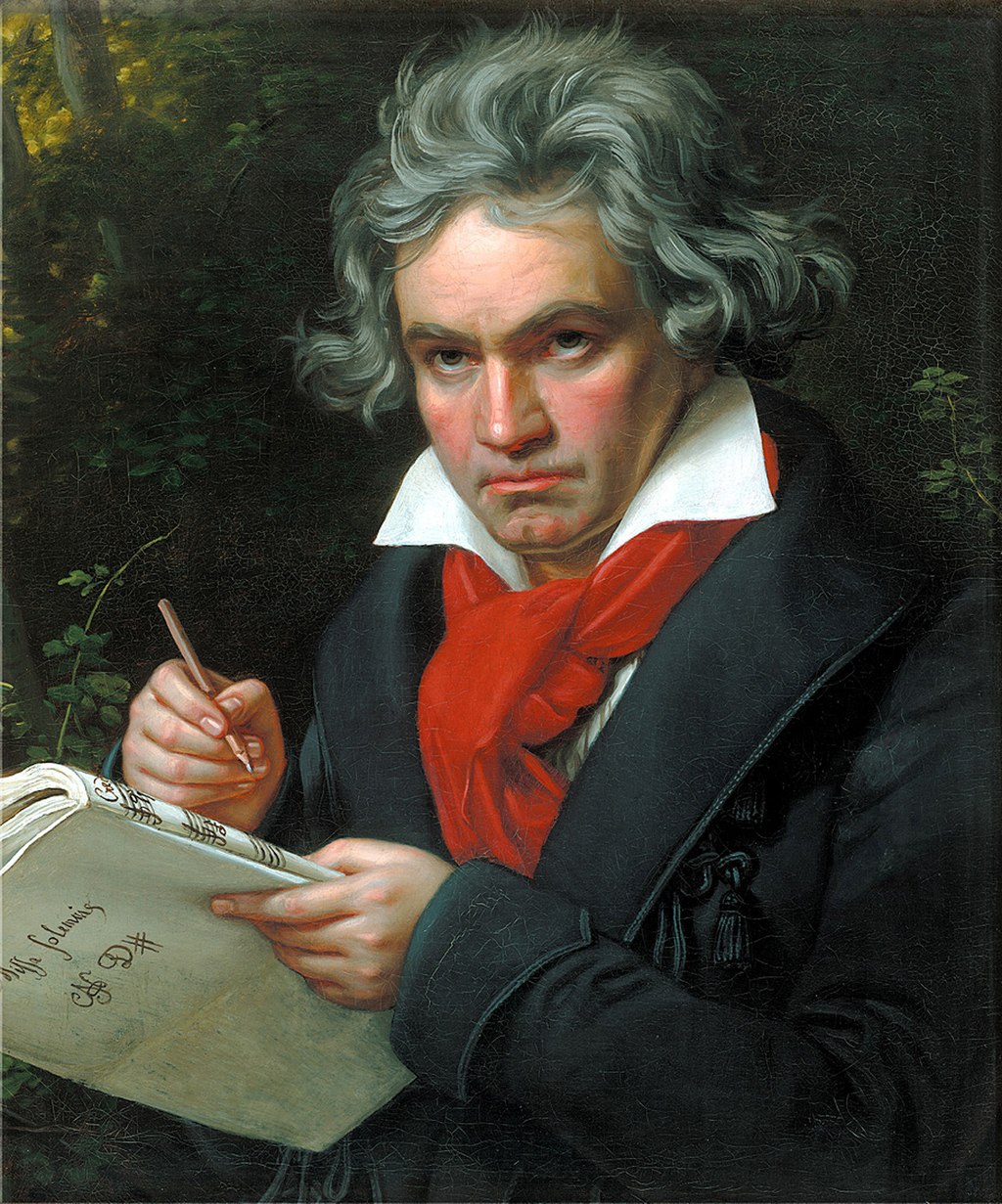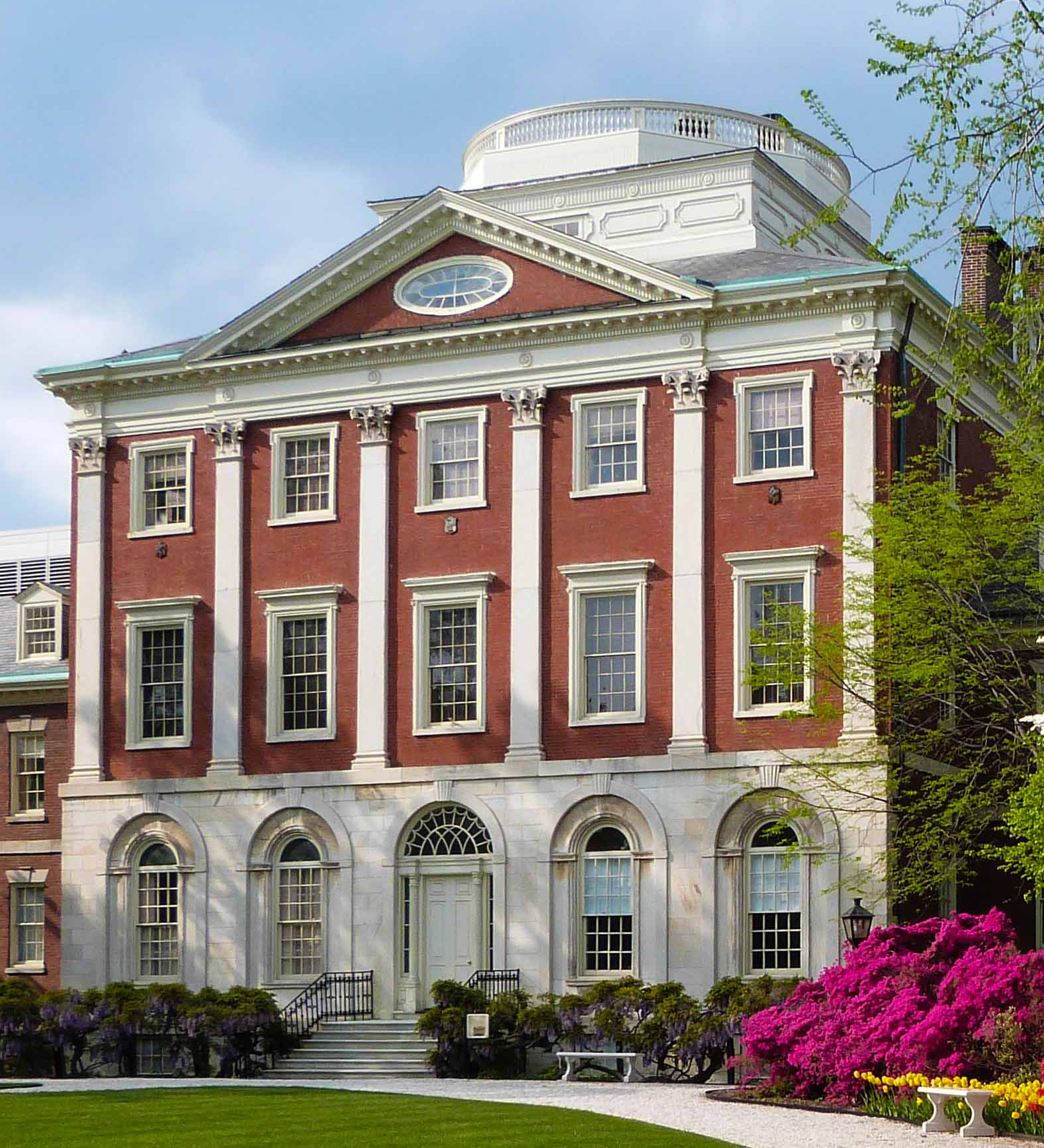POMO
“I am not now and never have been a postmodernist,” said Robert Venturi twenty years ago; the quote appeared on the cover of the May 2001 issue of Architecture. But of course he was a postmodernist, although it is no wonder that he wanted to disassociate himself from that movement; after several decades PoMo had run its course, moreover in hindsight it appeared that it had done more harm than good. The best postmodernists had produced first-rate work—the Neue Staatsgalerie in Stuttgart, the Sainsbury Wing in London, the Beverly Hills Civic Center—but few architects were as historically knowledgable as James Stirling,

